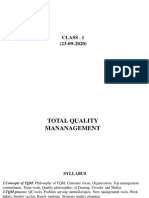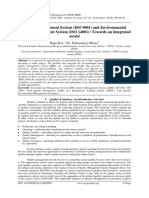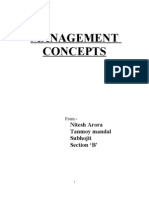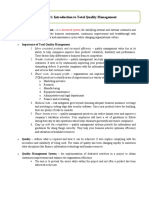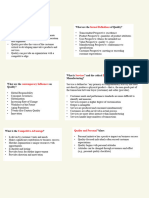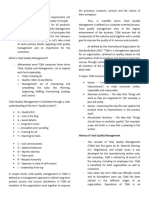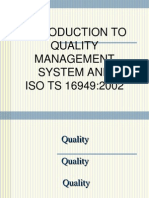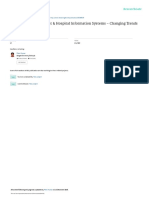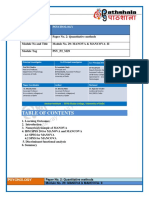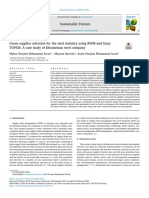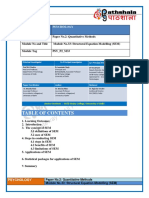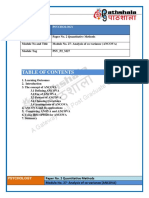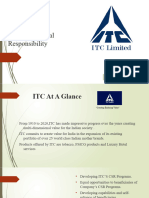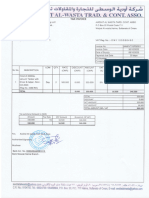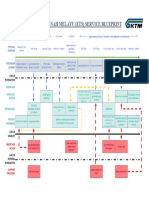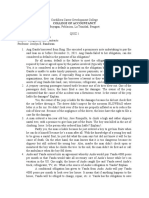0% found this document useful (0 votes)
53 views2 pagesTranscript For Lesson 2 Quality Management
Quality management involves three key activities: quality planning, quality assurance, and quality control and improvement. Quality planning is a strategic activity that is vital for organizations to manage quality and drive improvement. Quality assurance ensures that products and services meet the required quality levels. Quality control and improvement involve activities to ensure products and services meet requirements and are continuously improved. Total quality management is a management approach centered around quality that aims to achieve long-term success through customer satisfaction while benefiting all organizational members and society.
Uploaded by
NIHUGBH KOLKATACopyright
© © All Rights Reserved
We take content rights seriously. If you suspect this is your content, claim it here.
Available Formats
Download as PDF, TXT or read online on Scribd
0% found this document useful (0 votes)
53 views2 pagesTranscript For Lesson 2 Quality Management
Quality management involves three key activities: quality planning, quality assurance, and quality control and improvement. Quality planning is a strategic activity that is vital for organizations to manage quality and drive improvement. Quality assurance ensures that products and services meet the required quality levels. Quality control and improvement involve activities to ensure products and services meet requirements and are continuously improved. Total quality management is a management approach centered around quality that aims to achieve long-term success through customer satisfaction while benefiting all organizational members and society.
Uploaded by
NIHUGBH KOLKATACopyright
© © All Rights Reserved
We take content rights seriously. If you suspect this is your content, claim it here.
Available Formats
Download as PDF, TXT or read online on Scribd
/ 2














